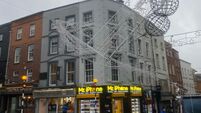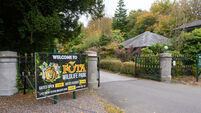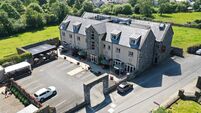‘Health plan’ to be drawn up for Cork
The public will be consulted on what they want in the plan, which aims to bring key government agencies together with other decision making groups and community organisations to make the city a healthier place in which to live.
The southern capital joins cities such as Copenhagen and Nantes, as well as the Irish network of Belfast, Galway and Waterford, as a city that will prioritise the health of its citizens.













